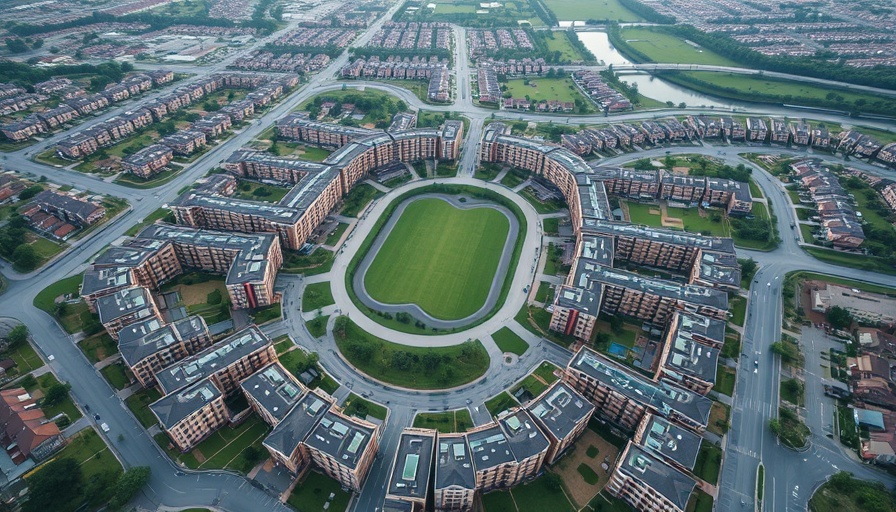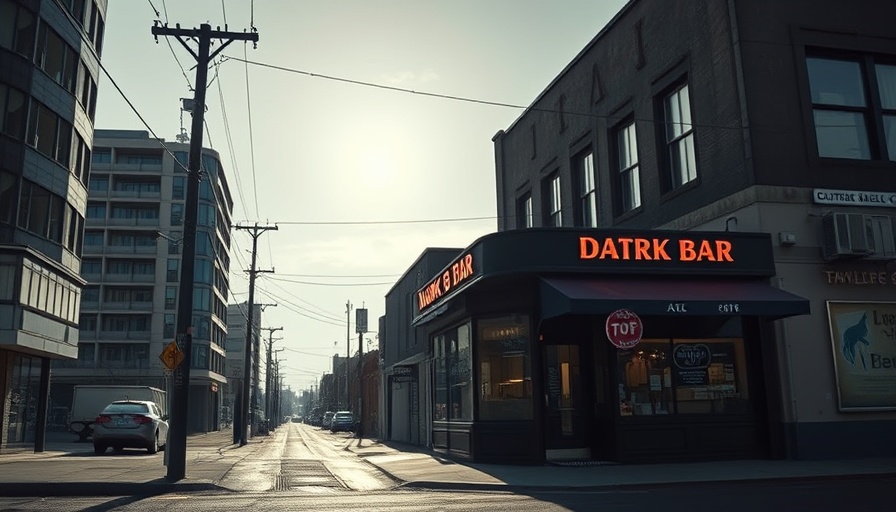
Marking a Milestone in Suburban Growth
In recent years, the Dallas-Fort Worth area has seen an explosion of development, transforming its suburban landscapes into thriving neighborhoods. The recent greenlight for the 1,500-acre Terra Nova community in Terrell represents not just a real estate milestone, but a pivotal point in addressing the balance between urban development and quality of life.
Understanding the Debate: Revenue vs. Quality of Life
As cities expand, they grapple with the dual pressures of needing more tax revenue while preserving the community spirit. The approval of the Terra Nova project exemplifies this debate. Supporters argue that new developments can boost the local economy, increasing jobs and improving municipal funds through housing and retail taxes. This could be particularly beneficial in Terrell, which is looking to enhance its local business climate amidst rapid growth.
The Impact of Urbanization on Infrastructure
However, the quick rise of residential communities can strain existing infrastructures. Major cities often find themselves in a bind: the influx of new residents can lead to traffic congestion, overburdened schools, and increased demand on local services. This is especially relevant for a community like Dallas, where the approaching expansion must align with significant improvements in public transport, education, and health services.
The Role of Business Development in Turbulent Times
As businesses evaluate the shifting landscapes, they're presented with unique opportunities for investment. Dallas' corporate scene is adapting, with an increase in logistics and tech startups stepping in to meet rising demands. The evolution of cities like Terrell into desirable locales for businesses and families alike can foster a competitive edge in the Dallas real estate market. Companies can leverage the area's growth to position themselves advantageously within the expanding metroplex.
Future Predictions: Urban Development in Dallas
Observers predict that with urban growth come new opportunities. Cities may transform not just physically, but economically, harnessing increased tax revenue to support new projects, like amenities and retail growth, which will ultimately attract more residents. The challenge remains: how to manage this growth sustainably while enhancing life in the suburbs.
Looking Ahead: The Next Steps in Community Planning
As Terrell moves forward, careful planning will be vital to capitalize on this initial approval. Not only will it involve detailed project outlines and compliance with regulations, but engaging the community will be crucial for ensuring progress aligns with local values. Residents will need to be kept informed and engaged, voicing their concerns regarding expansion's impacts on their life.
How Locals Can Get Involved
Engagement is key for effective governance. Local forums and town halls can provide the necessary platforms for citizens to express their views on developments like Terra Nova. Residents are encouraged to attend these sessions not only to share opinions but to understand the benefits and challenges these developments entail.
Conclusion: Striking a Balance Between Growth and Quality
Terra Nova is just one example of a larger trend where suburban areas are rapidly evolving. The challenge will be in embracing these changes while safeguarding the community's core values. Residents of Dallas and its suburbs, like Terrell, may expect both difficulties and benefits on the horizon as decision-makers navigate growth in their communities. Engaging in the planning process could embody a pathway towards inclusive urban development that enhances local life.
 Add Element
Add Element  Add Row
Add Row 



Write A Comment